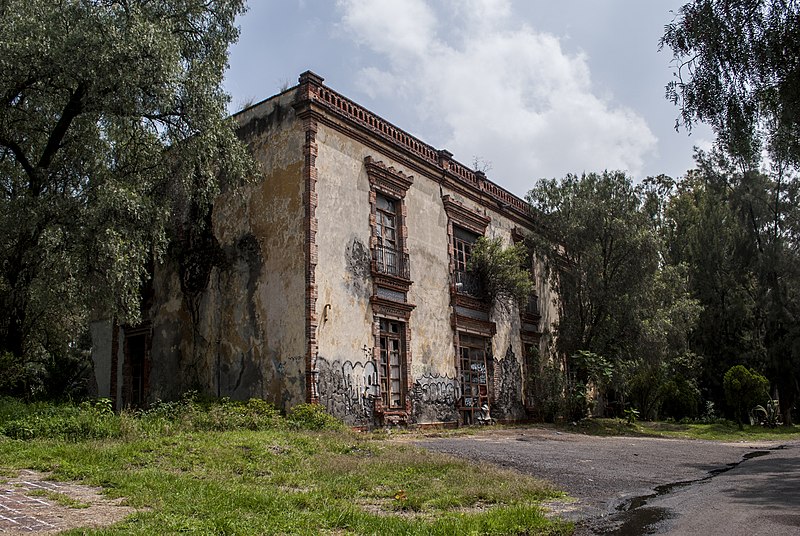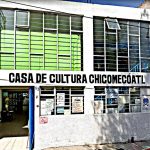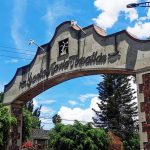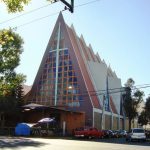
The Hacienda de San Nicolás Tolentino is today often confused with an events and party venue which uses the same name. The events hall occupies a ranch, Rancho Estela, which was only part of the greater hacienda. The ranch buildings date from the 18th century and are across the neighborhood in Lomas Estrella, Iztapalapa. The actual hacienda headquarters are in ruins, and today in the public cemetery of San Lorenzo Tezonco.
One needs to keep in mind that a hacienda was a very large land-grant, or estate. These were nearly always privately owned by Spanish subjects. Some came to eventually be held by criollos (American-born, of Spanish descent) and only rarely by mixed-race persons. This is worth mentioning here because this hacienda was a contentious hacienda over which battles, skirmishes, and civil resistance took places repeatedly over many hundreds of years.
Originally called the “Hacienda de San Nicolás Buenavista,” the estate was claimed by one Pedro Ortiz de Valdivia in 1580. The area of the hacienda stretched from Cerro de Estrella in the northwest some ten kilometers to the southeast, to the present day colonia La Nopalera in
The buildings in the photographs below date primarily from 1622 and thereafter. By 1705, the entire estate was acquired by the Jesuits and renamed “Hacienda de la Sagrada Compañía de Jesús.” The Jesuits were expelled from Mexico in 1767 and the hacienda’s name was changed back to the “Hacienda de San Nicolás Buenavista.”
Vicente Guerrero is said to have hidden from Royalist forces here during the Mexican independence period. But other than this, the 19th century meant mostly that the larger hacienda was slowly sub-divided, chipped away at, and diminished.
Eventually the property was acquired by Íñigo Noriega Lasso, one of the wealthiest Spanish subjects working for the Porfirio Díaz government. In 1908, Noriega changed the name to the “Hacienda de San Nicolás Tolentino.” By that time, the hacienda covered only about the area of the cemetery of today. When the Revolution began, the government took over the remains of the hacienda and ordered the construction of the cemetery.
One can catch glimpses of several of the buildings from inside the cemetery. One barn served as a crematorium until 1994. Visitors are not permitted for obvious reasons. While only the shell of the site remains, the estate headquarters once had a chapel with a famous gold altarpieces, paintings narrating the life of San Nicolás Tolentino, and multiple outbuildings to support a very large farming establishment.
All photos below are by Antonio Atayde on Wikimedia Commons
Key to the photos above:
1. The barn just a few meters from the main building showing evident damage.
2. The heavily deteriorated right side retains most of its essential features.
3. One of the temporarily buttressed outer walls.
4. An interior covered walkway.
5. Damaged arches of one of the outdoor corridors.
6. Another side of the barn, showing the reclamation of nature.
 +525558503281
+525558503281

Nearest at 0.13 kms.

Nearest at 0.52 kms.

Nearest at 0.55 kms.

A giant neighborhood market for south eastern Coapa and Cuemanco . . .

Chicomecóatl is a neighborhood center and cultural hub for communities in the shadow of the volcano.

Likely the best place for lunch in San Francisco Culhuacán...

An original settlement in Iztapalapa, this one's making a comeback...

An early 1950s architectural marvel reaches for the sky...